10 Fat Cat Breeds That Can Easily Become Overweight
Adobe Stock/aetb
Sixty-one percent of cats are estimated to be overweight. While it can be tempting to give your cat extra food or treats (especially when they give you those “I haven’t eaten in days” eyes), obesity in cats can lead to serious health problems.
Why Are Fat Cats at Risk?
Fat cats have a higher risk of:
-
Certain cancers
-
Weakened immune system
Studies have shown that weight gain can also shorten a cat’s lifespan.
Talk to your vet before putting a chubby cat on a diet or exercise plan. Suddenly reducing your cat’s calories can result in a dangerous health issue called hepatic lipidosis, which can cause liver failure.
10 Fattest Cat Breeds
While all cats are at risk of obesity, some breeds are more susceptible to weight gain than others.
1. Persian
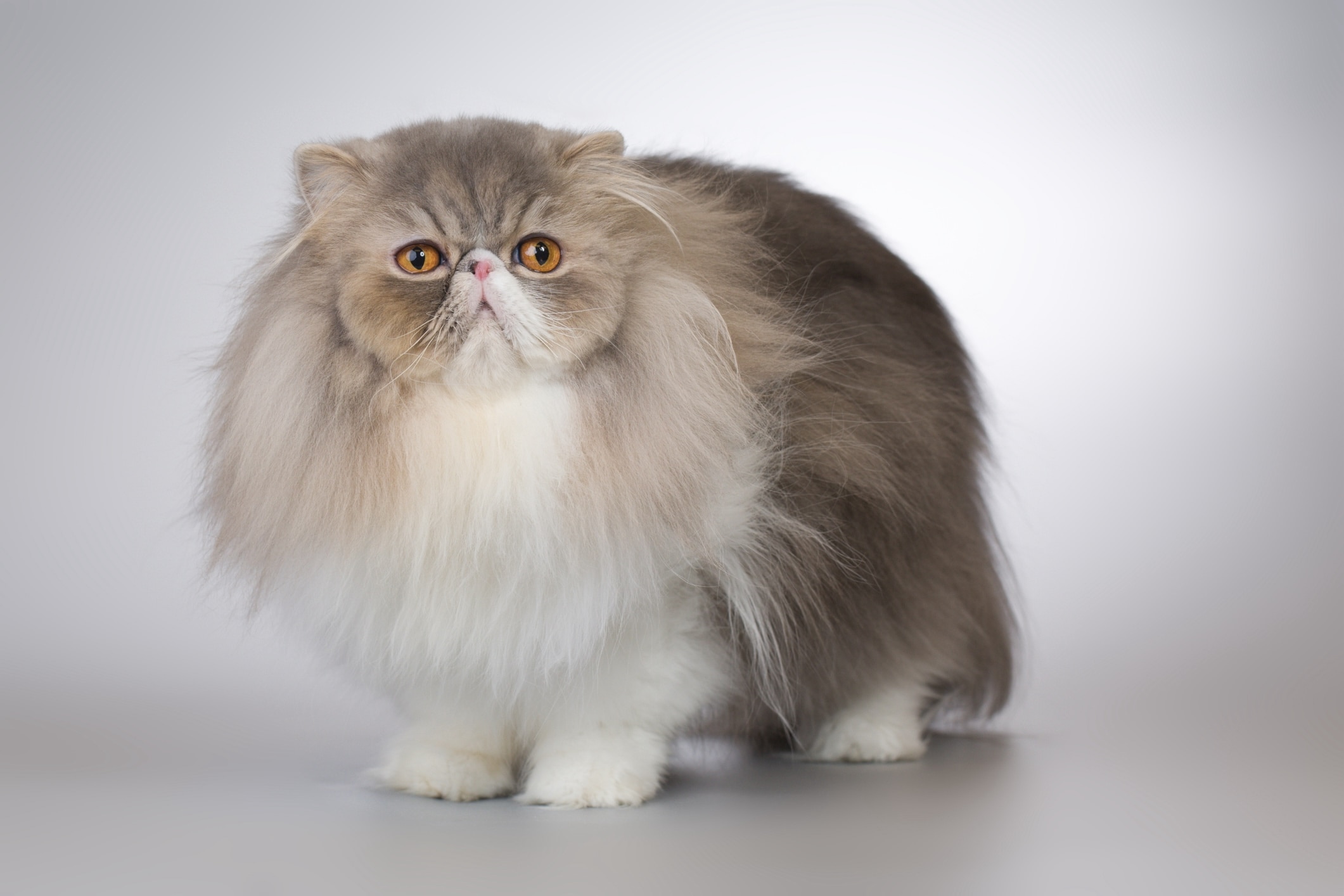
The laid-back Persian is likely to choose nap time over playtime, but you can encourage activity by providing interactive toys, scratching posts, and cat trees.
They're also at risk of developing brachycephalic airway syndrome, which can cause breathing issues. Since this issue can get worse with obesity, you'll want to keep a close eye on the scale.
2. Manx
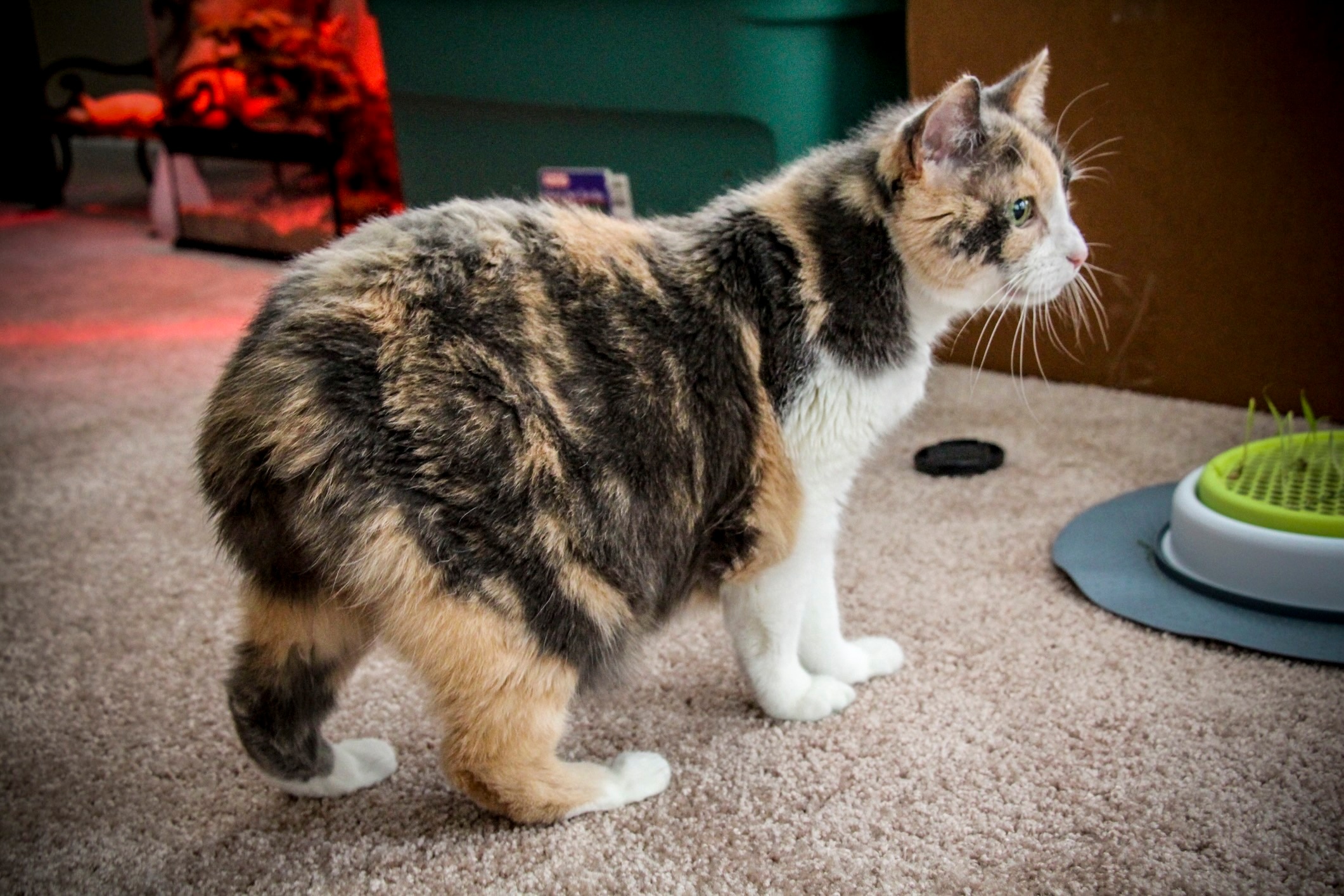
The stocky Manx can quickly become overweight if allowed to skip daily exercise or given extra snacks.
Because these kitties love to hunt, toy mice will encourage them to pounce and play. They can also be leash trained, which is an entertaining source of exercise for cats and pet parents alike.
3. British Shorthair

Weighing up to 17 pounds, the British Shorthair would rather spend the day dozing on a sunny window perch than zooming around the house.
This breed is at risk of developing feline hypertrophic cardiomyopathy, a type of heart disease, so it’s beneficial to make sure they get up and move. Encourage these easygoing kitties to get in some exercise with interactive toys like feather wands.
4. American Shorthair

Equally cuddly and playful, you can encourage the American Shorthair to jump and climb more often by placing cat trees and shelves around the house.
While these kitties have a higher risk of developing hypertrophic cardiomyopathy, a balanced diet and regular exercise will help them feel their best. Make mealtime more stimulating and encourage slower eating with food puzzles.
5. Exotic Shorthair
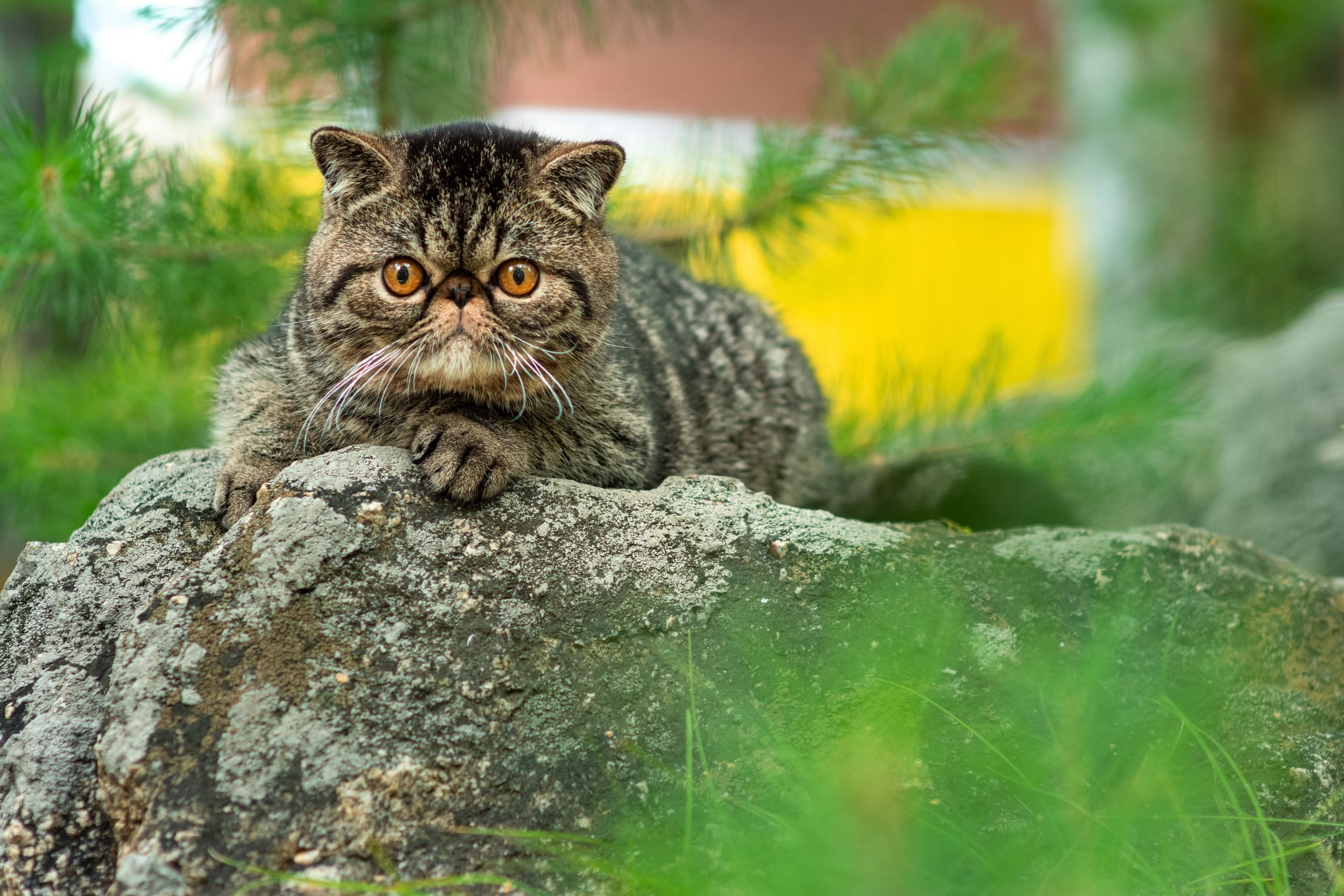
The round-faced Exotic Shorthair is a playful and curious breed. While they shouldn’t need much encouragement to stay active, interactive toys and tall cat trees will keep them entertained.
Like the Persian, Exotic Shorthairs are at risk of developing brachycephalic airway syndrome, so you’ll want to carefully measure food portions and schedule regular weigh-ins.
6. RagaMuffin
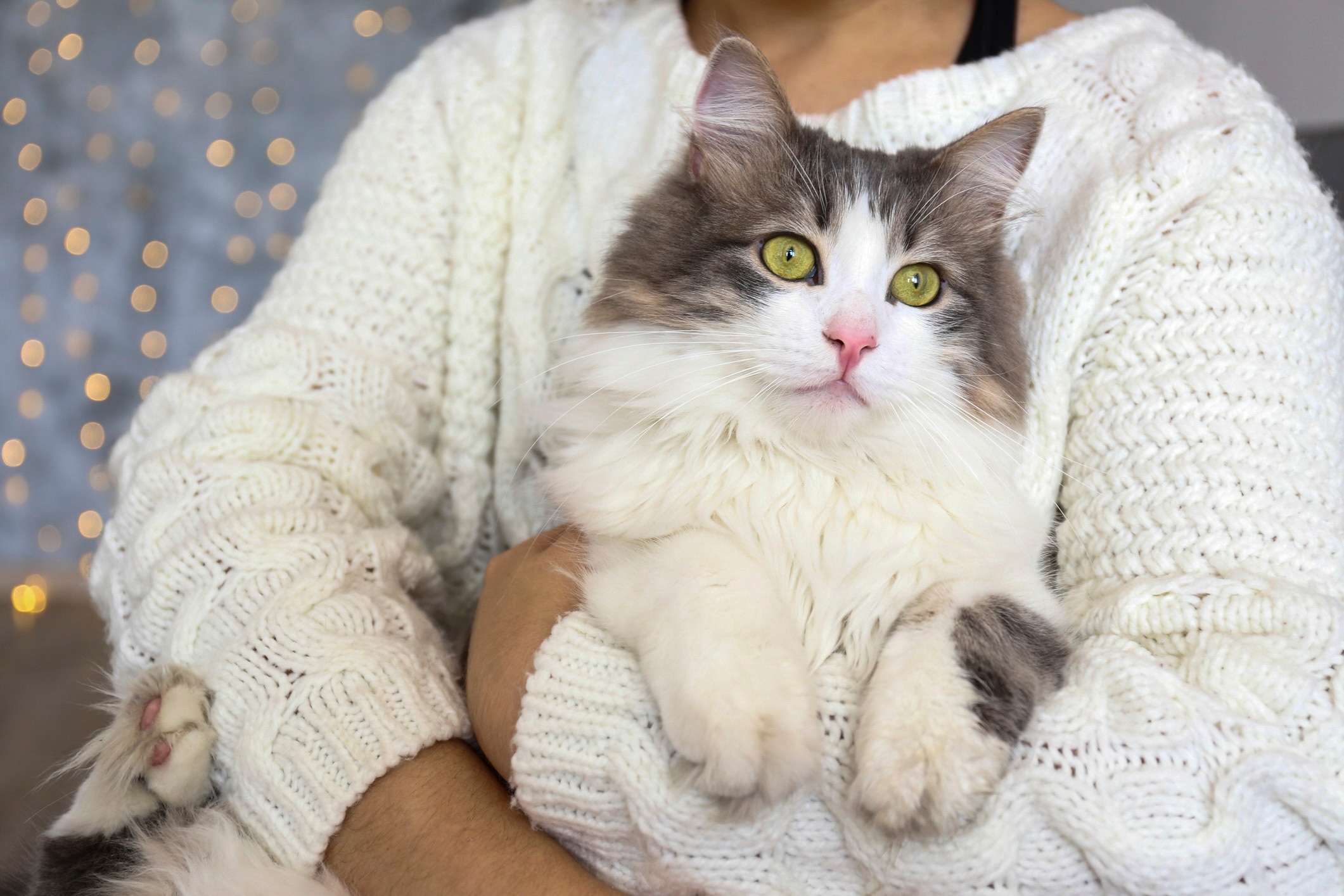
The RagaMuffin’s love for lounging can lead to weight gain if not carefully managed. These fluffy and floppy cats may also develop arthritis earlier than some other breeds, so keeping them active is important.
This breed does well with clicker training, which can be an entertaining way to get these cats off the couch on a daily basis.
7. Birman
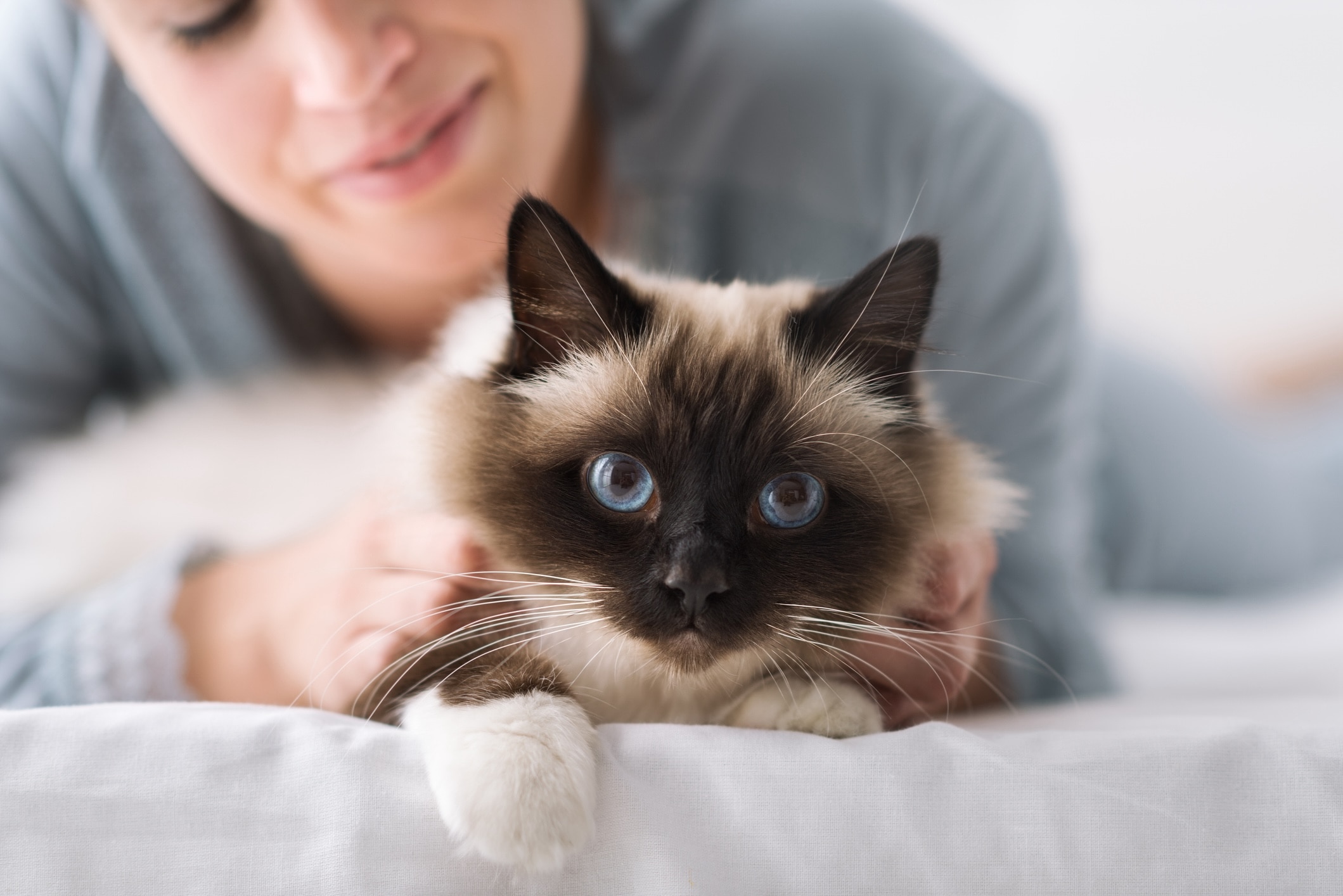
The people-loving Birman would rather hang out on your lap than do laps. But since this breed loves to climb, you can encourage them to move more with tall cat trees, shelving, and perches.
8. Sphynx
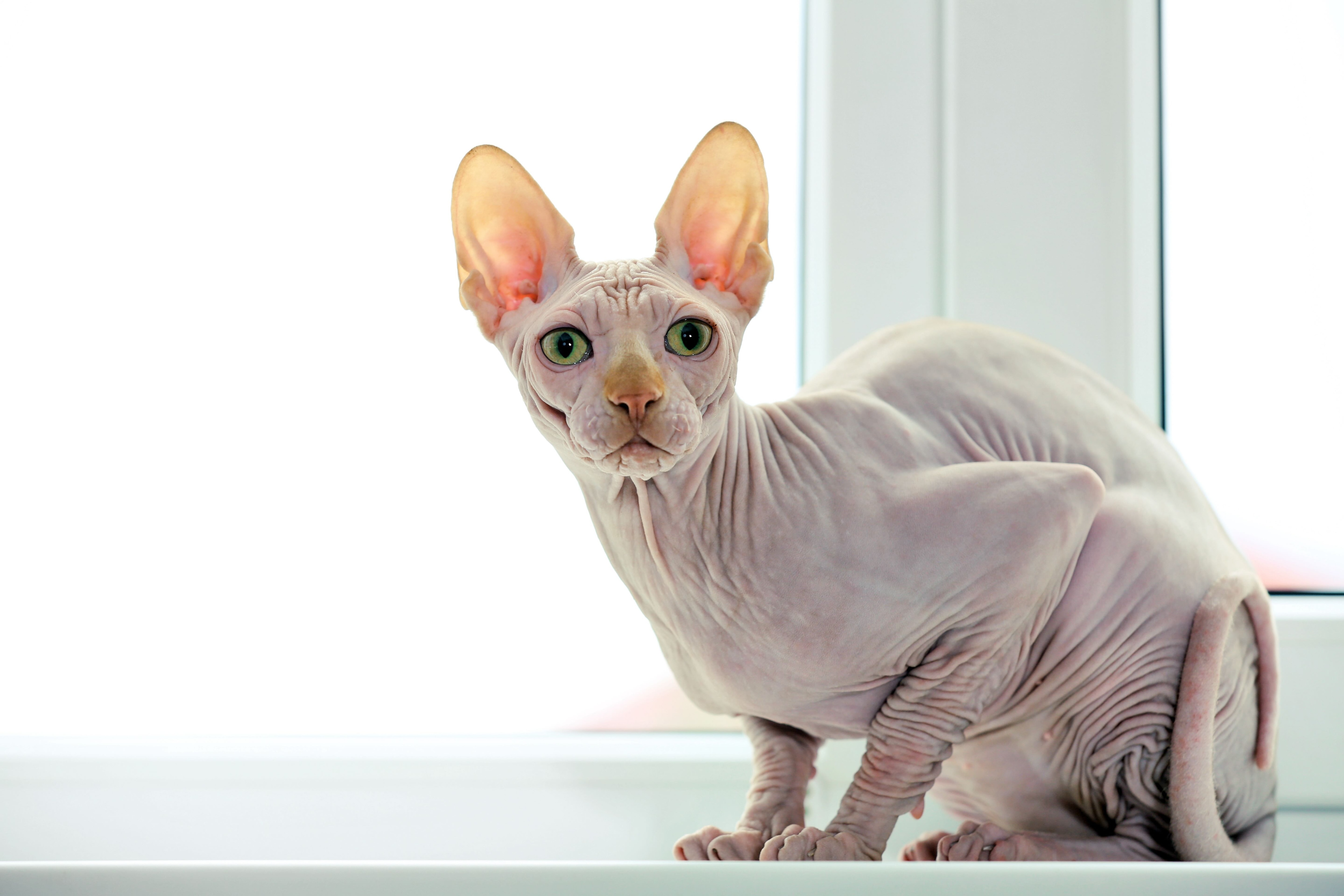
It’s more common than you might think to see a fat Sphynx. While their lack of fur makes it easy to spot extra pounds, these kitties have a hard time turning down food.
Avoid free-feeding for this reason and use puzzle feeders and toys to keep the highly intelligent Sphynx cat entertained and active.
9. Maine Coon

The beautiful Maine Coon is the biggest cat breed and can weigh up to 22 pounds at their ideal weight. But extra pounds can lead to health concerns such as hip dysplasia, a common medical issue for this breed.
Luckily, this dog-like breed is easy to get moving—they’re known to enjoy daily walks, swimming, and even fetching toys.
10. Norwegian Forest Cat
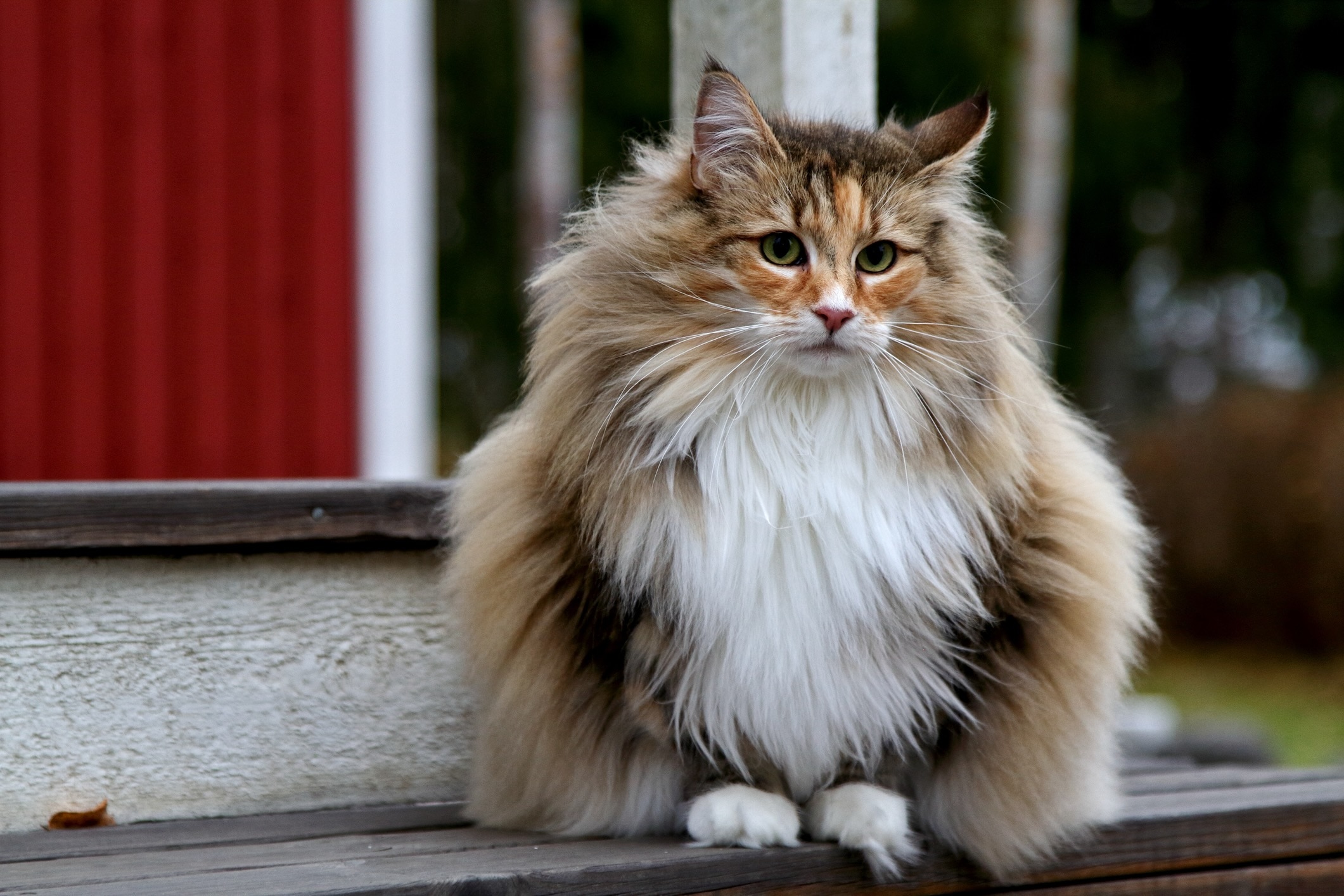
Naturally big-boned, the Norwegian Forest Cat weighs 12–16 pounds. These big cats are also prone to hip dysplasia, which can lead to arthritis, so a balanced diet and daily exercise are important.
Surprisingly agile for their size, these kitties love to jump and climb. Provide tall cat trees and high perches to encourage regular activity.
How To Keep Your Cat at a Healthy Weight
Like humans, too little activity—and too many treats—can cause cats to gain weight. Follow these tips to manage your cat’s weight and help them live a long and healthy life:
-
Feed your cat high-quality food that meets the Association of American Feed Control Officials’ (AAFCO) guidelines for their life stage.
-
Offer two to three small meals per day instead of free-feeding.
-
Use food puzzles and slow feeders to make mealtime more stimulating and prevent your cat from eating too quickly.
-
Ensure treats make up no more than 10% of your cat’s total calories.
-
Initiate two to three 15- to 20-minute play sessions with your cat every day.
-
Monitor your cat’s weight at home. A scale makes it easy to check for weight gain and unexpected weight loss.
-
Provide toys, cat trees, and cat shelves to keep your cat active.
Talk to your vet to determine your cat’s ideal weight, daily calories, and activity level. With the right care, you can help your cat maintain a healthy weight for life.
